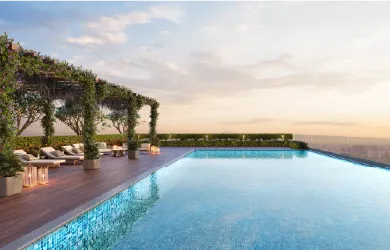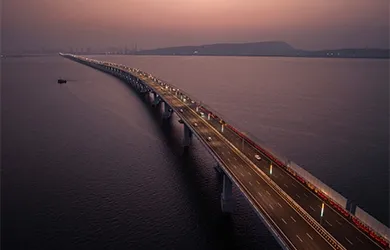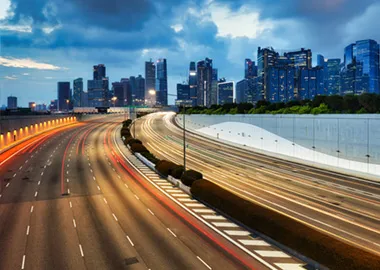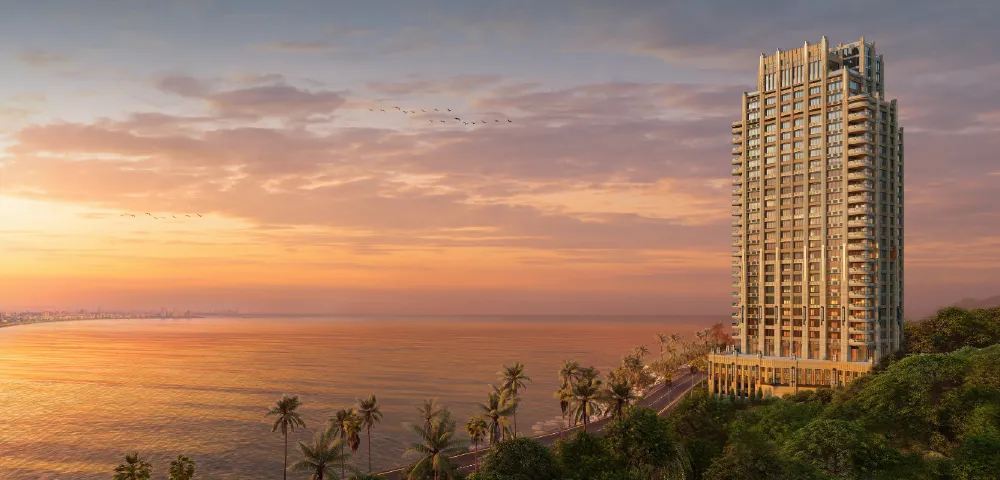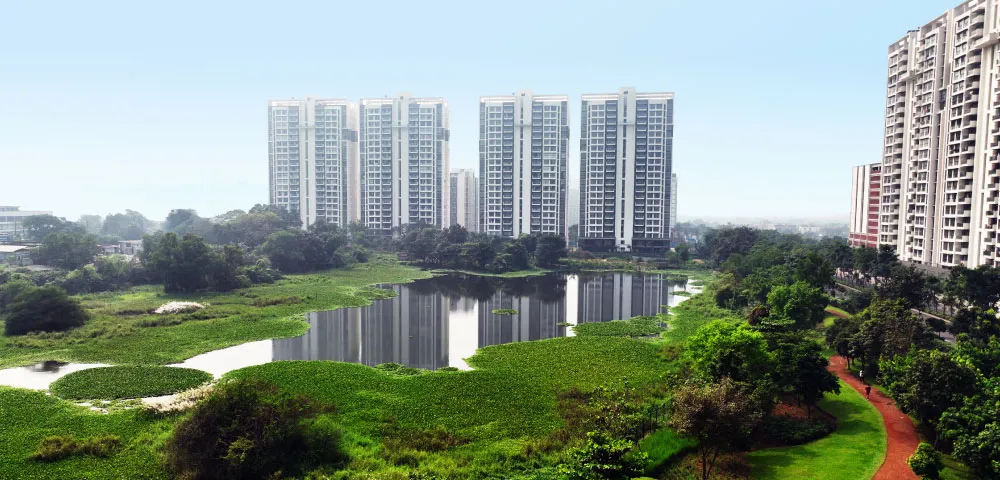Enhanced Commuting: MMRDA Merges the Metro-Monorail System
By lodha
June 19, 2024
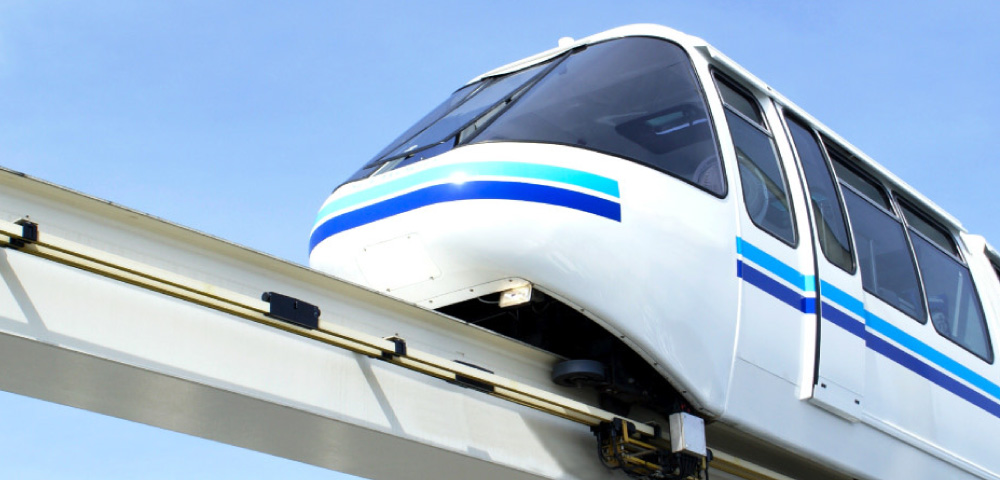
In Mumbai, a city teeming with aspirations, the infrastructural development like the Mumbai metro, monorail and bridges like Atal Setu serve as lifelines for the countless individuals striving to carve out their futures amidst the hustle and bustle. Every day, a mass of commuters traverse vast distances to reach their workplaces, highlighting the critical role of these transport systems in daily life. Recognising the need for enhanced connectivity, the Mumbai Metropolitan Region Development Authority (MMRDA) has undertaken significant efforts to streamline transportation. Amidst rising congestion, the recent announcement of the merger between Mumbai Monorail and Mumbai Metro represents a landmark step towards improving efficiency and convenience for millions of commuters. This monumental decision holds profound implications for Chembur's real estate landscape, particularly amidst ongoing development initiatives and burgeoning interest in the area.
Overview of Mumbai's Urban Railways: Metro and Monorail
The Mumbai Monorail, which has been in operation since 2014, runs 19 kilometres through seventeen stations, mostly serving the city's northern and western suburbs. On the other hand, the Mumbai Metro, with its blue line (Line 1) spanning Versova-Andheri-Ghatkopar, the yellow line (Line 2A) from Dahisar East to DN Nagar and the red line (Line 7) connecting Dahisar East to Andheri East, has revolutionised urban commuting in the city.
The Merger of Mumbai Monorail with the Mumbai Metro
Despite the Mumbai Monorail's promise to be a futuristic means of transportation that would elevate passengers above traffic congestion, ridership fell short of estimates due to restricted reach, operational challenges and costs. In the meantime, the Mumbai Metro network has continuously expanded, providing greater connectivity and drawing more riders.
Therefore, MMRDA’s decision to merge the Mumbai Monorail with the Mumbai Metro is a landmark point in the city's transport system. The monorail, which originally operated as a stand-alone system, will now smoothly integrate with existing and prospective metro lines, resulting in an effective and efficient transportation network.
Reasons for the Merger of Mumbai Monorail with the Mumbai Metro
The MMRDA listed several justifications for the merger:
- Financial Sustainability: The monorail struggled to meet its operating costs, but the metro has higher ridership and stable revenues. Combining them can optimise resource allocation and increase financial sustainability.
- Operational Simplifying: Merging ticketing systems and simplifying operations can boost efficiency and the user experience.
- Improved Connectivity: The merger anticipates the use of the metro's broader network to extend the monorail's reach, perhaps benefiting regions like Chembur, which is already served by the monorail.
Benefits of the Merged Network
Integrating the Mumbai Metro and Mumbai Monorail networks provides various benefits, including:
- Better Connectivity and Capacity: People will benefit from enhanced connectivity between the northwest suburbs and the city's south. The integrated network will accommodate more passengers.
- Shorter Travel Time: By leveraging the strengths of both networks, passengers can expect shorter travel times.
- Increased Accessibility: Residents living near the linked corridors will have easier access to necessary services and facilities.
How the Merger Is Shaping the Real Estate Landscape?
As with other big infrastructure projects, the merger of the Mumbai Monorail and Mumbai Metro will have a positive impact on Mumbai’s real estate market. Areas next to or near the integrated corridors may experience a rise in demand for housing units, resulting in higher pricing and more investment opportunities.
For example, Chembur, an important location in the southeastern suburbs, stands to benefit greatly from the merged network. Due to its existing monorail station and easy access to other areas, Chembur is going to grow as an appealing option for house buyers looking for convenient transport alternatives.
In addition to the connectivity advantage, Chembur is known for its diverse residential options and growing infrastructure. Moreover, Chembur is close to the Eastern Express Highway and the Eastern Freeway with great connectivity to Fort, Thane and Navi Mumbai. This has increased Chembur's desirability, providing residents with easy access to business hubs. Moreover, the presence of Grade A real estate companies in Mumbai like Lodha further enhances the appeal of the area, ensuring high-quality living spaces and amenities for residents.
By merging the Mumbai Metro and Mumbai Monorail networks, MMRDA aims to build a unified transportation system that can meet the growing needs of Mumbai's growing population. This strategic move has several advantages, including greater connection, reduced travel time, and increased capacity and accessibility. Furthermore, the property market in Mumbai, especially locations adjacent to the integrated corridors is likely to grow, providing profitable investment possibilities for prospective buyers
You may also like



 Enquire
Enquire
 Call
Call
 chat
chat
 Search
Search
